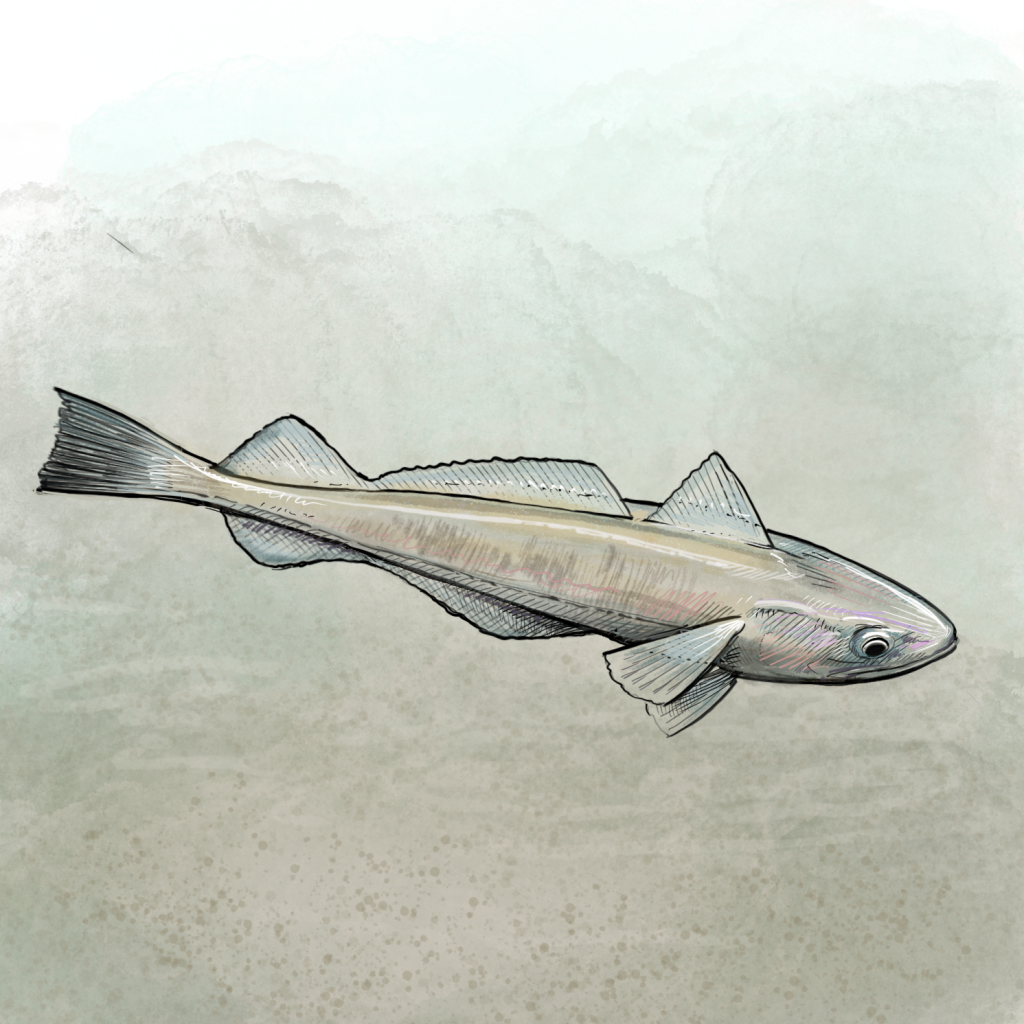Pacific Whiting

Pacific whiting, or hake, is a schooling fish that occurs along the West Coast from Canada to Baja California, Mexico. It forms schools in midwater, generally from 150 to 1,500 feet deep. Pacific whiting is a nighttime predator and moves up in the water column to feed. The silvery fish grows quickly, often reaching three feet in length, and may live up to 15 years. In the spring, large schools of whiting travel north from California to Vancouver Island, British Columbia to feed on shrimp, krill, and other schooling fish. Pacific whiting is an important prey species for larger fish such as lingcod as well as sharks and marine mammals.

Overall availability
Pacific whiting is fished in Oregon and Washington. The peak season for Pacific whiting harvest is between spring and fall. Pacific whiting is mostly processed into frozen products, including fillets, cleaned and trimmed, and surimi, which may be found year-round. Surimi is a fish paste from which many other products are made, such as the imitation crab meat used in California sushi rolls.
Management
Pacific whiting is commercially fished using mid-water trawl gear. The fishery is jointly managed between the United States and Canada under the Pacific Whiting Treaty. The fishery is managed federally by NOAA Fisheries and the Pacific Fishery Management Council as well as the Makah Tribe.